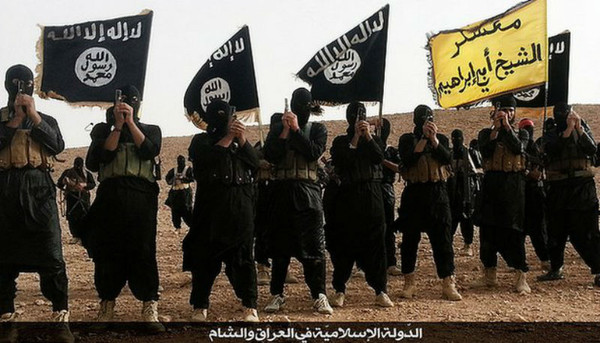
The World Turned Upside Down: the Baghdad Attacks’ Significance
With a death toll of 292 civilians, the July 2nd suicide bombing in Baghdad is now considered the deadliest terrorist attack in Iraq since the 2003 invasion. Perpetrated by ISIS, this strike is part of a much larger list of terrorist attacks that have occurred over the last month, including suicide bombings in three cities in Saudi Arabia on July 4th and in northeast Syria on July 5th. Most likely linked to ISIS’ call to action made in May, these attacks were intended to show the organization’s global reach. The frequency and magnitude of these attacks require the U.S. and its coalition partners to find a long-term solution to deconstructing the organization’s ideology, not a short-term solution to the organization’s tactics.
These attacks indicate the force with which ISIS intends to use to stake its claim as the most influential and powerful terrorist organization. The call to action specified attacks to be made during the Islamic holy month of Ramadan, which began in early June. Within the last 30 days alone, the organization has claimed direct or network responsibility for the attacks in Lebanon, Yemen, Turkey, Iraq, and Saudi Arabia. While the organization’s global campaign’s tactics seem atypical—the collateral damage attacks varied—the organization has consistently targeted areas of large, significant gathering. In particular, one of the three attacks in Saudi Arabia was in Medina, near the Prophet’s Mosque. Considered the second holiest place in Mecca, this attack in particular indicates how ISIS has radicalized the religion.
This kind of intention compensates for the organization’s recent territorial losses. After all, these attacks do come nearly a week after Iraqi forces successfully recaptured Fallujah and have since started similar efforts in Mosul. Last week, Brett McGurk testified before the U.S. Senate Foreign Relations Committee, reporting that U.S.-led forces had reclaimed 47% of ISIS territory in Iraq and 20% in Syria. McGurk even claimed that the current global coalition fighting ISIS kills an organization leader every three days.
Yet, in perspective of these recent terrorist attacks, these statistics pale. Yes, the realization of ISIS’s mission to establish a caliphate gives coalition forces a goal, but the global scale of these attacks only proves the force of the organization’s scope and influence. Furthermore, the Baghdad bombings have invited public protests against Prime Minister Haider al-Abadi and his administration. Political instability, especially in Iraq, would only provide a breeding ground for ISIS to garner further influence and power.
So, what next? For one, attention must be redirected from the reclaiming of territory to the understanding of ISIS ideology. The frequency and the damage of these attacks prove the need alone. Second, complete prevention of these attacks is near impossible, as ISIS’s greatest tactical strength is its fluidity. The magnitude of the attack in Baghdad and the symbolism of the attacks in Saudi Arabia are indicative of this, and emphasize the necessity for all parties to stay cooperative. Whether within Iraq or within the greater realms of the world, a strong coalition effort is what will create the force to stop ISIS.
Note: This article has been changed to reflect the current death toll in Baghdad.





